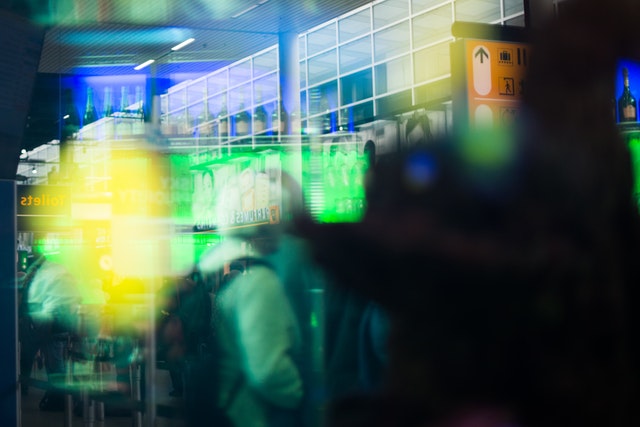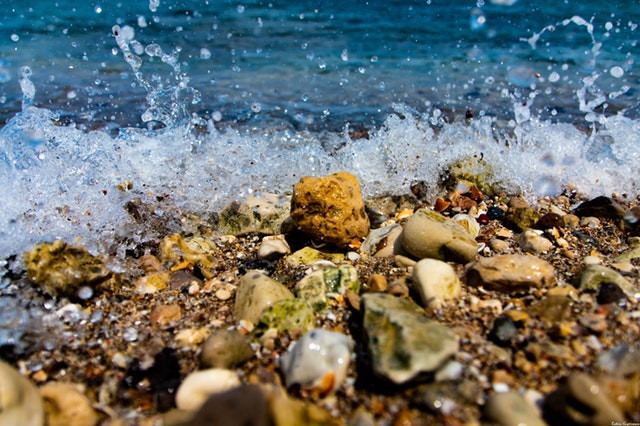One way to see where you are is to simply look around. What do your eyes tell you? Are you in a room, an open space, indoors, outdoors, or someplace else? Maybe you are walking along a street.
What are the qualities of the space you are in? Is there light, is it dark, is the space flowing and or is it open?
If there are people, what are they doing? Sitting, standing, riding, driving? How quickly are they moving and are they in cars or not?
One person hails a cab over there and a horn from a car makes a noise from over there. As you cross the street and the sounds of the city are left behind as I begin to hear the sounds of the natural world such as moving water or birds chirping.
It smells different, too.
Sitting down at a bench along the meandering sidewalk, I can feel the hard ground at my feet and a worn wooden bench against my back. As I run my hand over the top of the bench I can feel the new coat of paint, a little damp from the morning dew.
It’s not as busy as the city street here and time seems to slow down. Looking back to where you just came from, the city street appears to be a blur of activity. If you were to sit here every morning, before heading into, say, your office then you would notice some of the same things happening the next day as well. The weather may change or there may be different people walking by, but the city would still be pulsing with life and movement.
When you can start to feel the rhythm of a place, like a beating drum, then you know that you have reached a point where you can have a fair understanding of what is happening in a location. The cycles may occur moment to moment, by the minute, hourly, daily, weekly, or annually. When the situation can be unfolded and viewed as a film, then it can be easier to see all that is happening.


